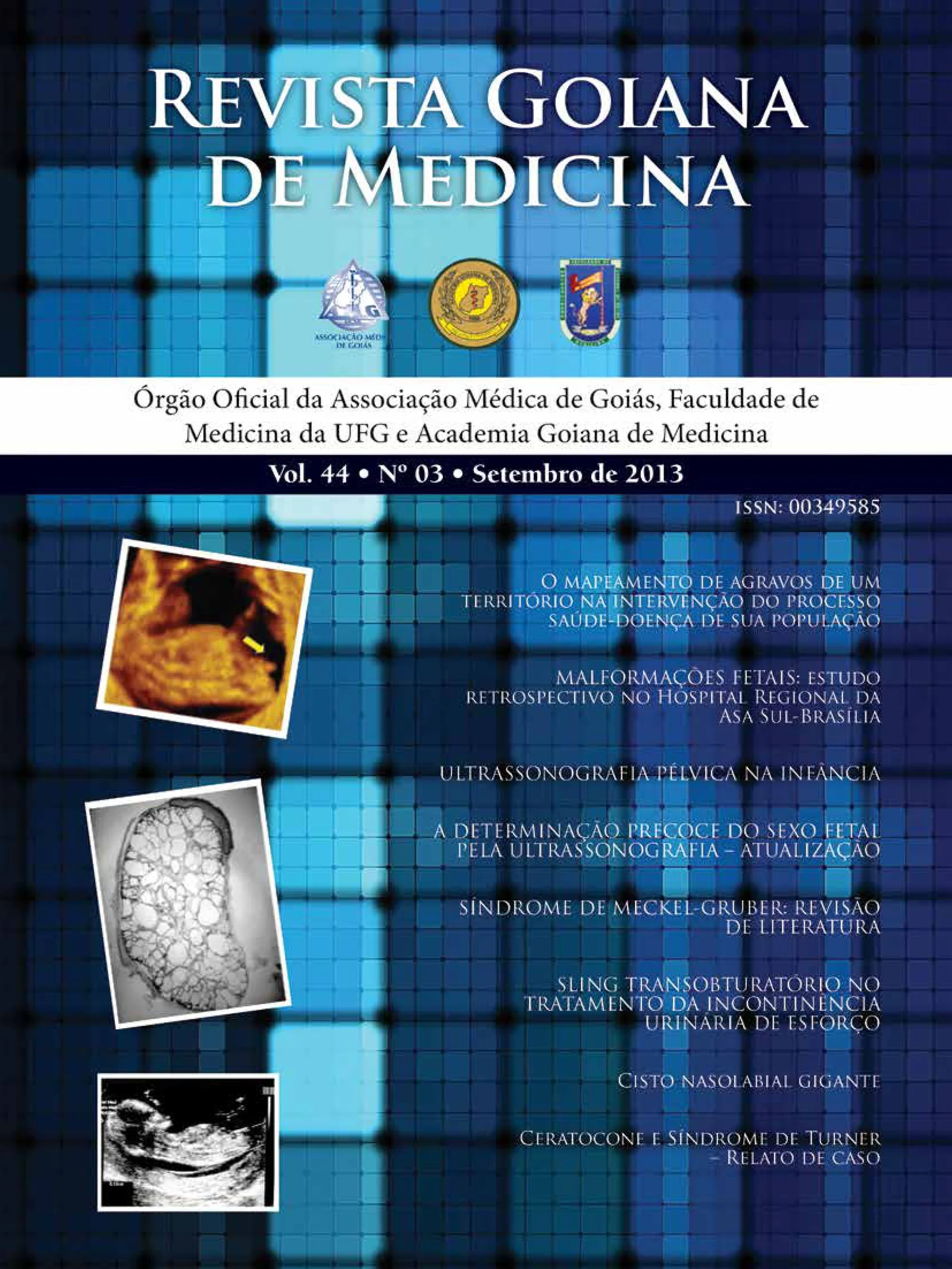The early determination of fetal sex by ultrasound
update
Keywords:
Fetal Sex, Prenatal diagnosis, Ultrasonography, First trimesterAbstract
OBJECTIVE: To review the current literature regarding the contribution of ultrasound in early detection of fetal sex and its implications on the triad father - mother - baby
METHODS: We searched the databases PubMed / Medline for articles published in the last ten years. The descriptors used were fetal gender, prenatal diagnosis, ultrasound, ultrasonography, first trimester, pregnancy, sex determination. Inclusion criteria were prospective cohort studies and prospective studies. Of the 14 articles found, seven were selected to compose this review.
RESULTS: Early diagnosis of fetal gender by assessing the genital tubercle has shown that accuracy varies from 46% at 11 weeks gestation up to 100% at 13 weeks. She has a learning curve and is operator-dependent, focus on the progression of GA and crown-rump length. The use of 3D technology has shown promising results.
CONCLUSION: The validity of early detection of fetal sex has great clinical importance in cases of family histories of diseases linked to chromosome X, as well as being a way to satisfy the curiosity of prospective parents in the knowledge of the sex of the baby. Care must be taken to try to avoid the incorrect determination of fetal sex, which can lead to serious problems for the couple, psychological and mental disorders in pregnant women and reflect poorly on the baby.

